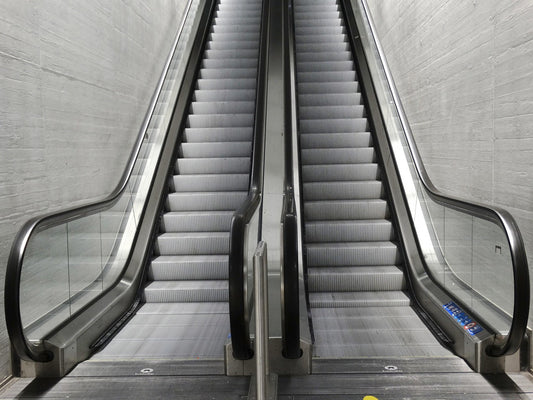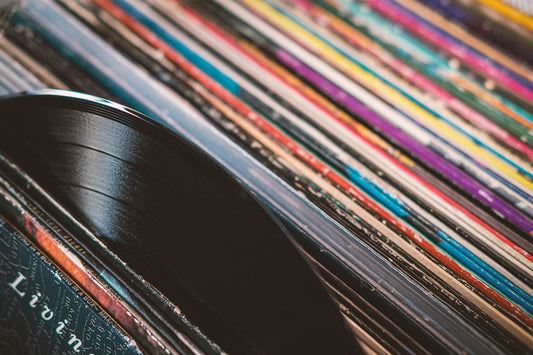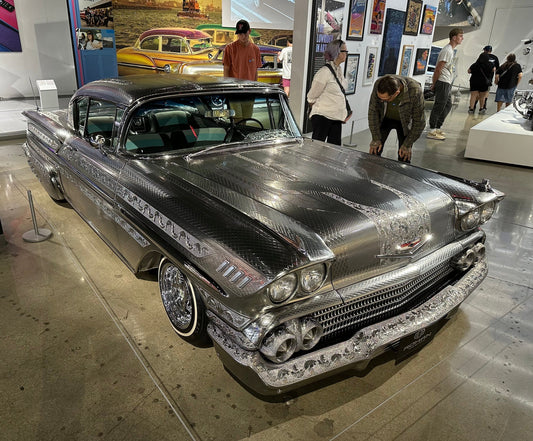Bigger speakers seem to have the edge when it comes to judging a system, yet some of the best sound I have heard comes from smaller speaker systems. I am not sure that was always the case.
Back in the "day" there weren't many well respected small speakers because the amplifiers of those early days hadn't much power to drive them. If you wanted reasonable bass from a small wattage amplifier it was necessary to ease the load on the woofer which meant increasing the cabinet size. We got used to the idea that big boxes make big sound and little ones follow their namesake too.
From my recollection, it wasn't until the 60s with the introduction of the AR-3 and then the early to mid-1970s with the Rogers LS35A, coupled with the simultaneous rise of higher power tube and solid-state amplifiers, that smaller speakers started gaining traction.
Many music lovers had a hunger for good sound without the bulk and intrusion of big boxes and welcomed the idea of smaller bookshelf-sized speakers into their homes, though that didn't seem to be the case with hifi enthusiasts. Speaker manufacturers kept at the bigger box models and filled the shelves of stereo outlets with the likes of the Infinity SM series, JBL, Altec, Wharfedale, Quadraflex, and during the crazy days of the 70s a flood of Japanese big box speakers I can't even remember.
All this bit of truncated history to say that the idea of big box sound has been ingrained in many of us and perhaps it's time to reconsider our long-held beliefs. With the advent of high powered amplifiers, it is now possible to get whatever sound we wish in (nearly) any sized cabinet we want.
Tomorrow we relive a few more memories.










